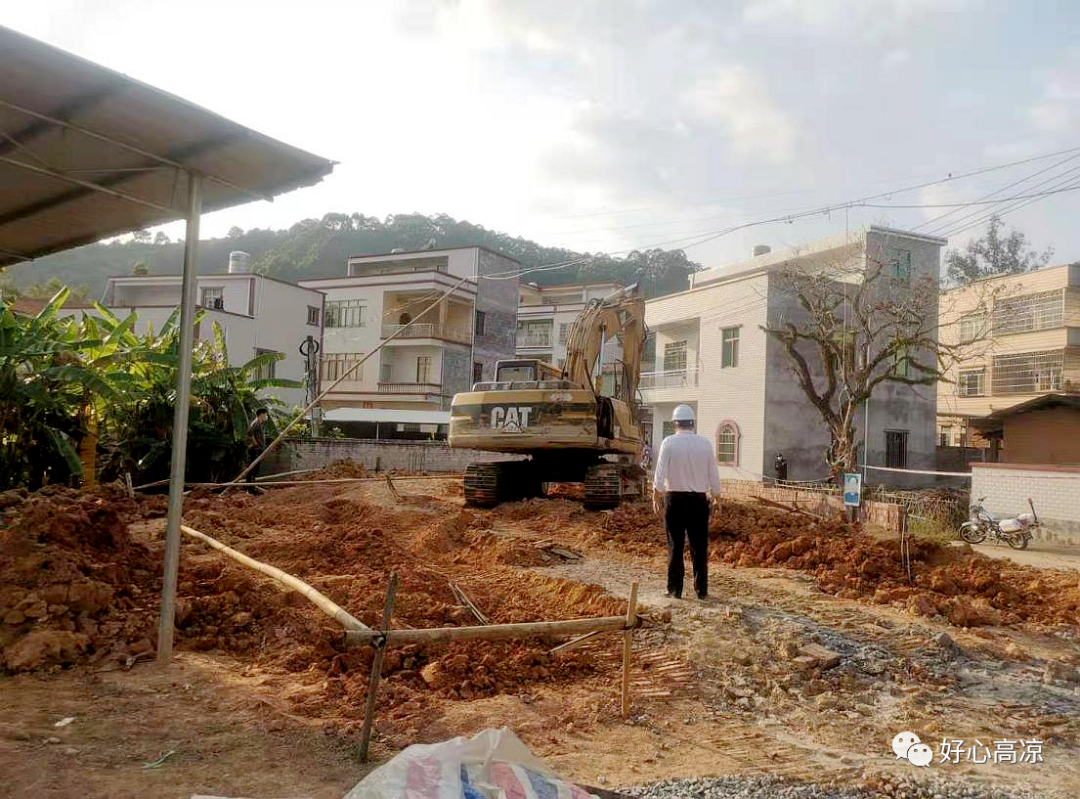Click the blue words above to pay attention to us ~ buying a house is a very important thing for every family
.
In the process of buying a house, all kinds of area terms will be involved, such as: building area, shared area, built-in area..
.
And do you really understand the meaning? For home buyers, these areas are bought with their own money, we must make it clear
.
1、 Building area (1) building area: the horizontal area of the space enclosed by the outer wall of a building, including the use area inside the house, the wall area and the shared area of the public areas such as the corridor outside the house, elevator, fire passage, etc
.
In short, the building area is the area you said when you bought a house
.
(2) No matter what the height of a single storey building is, its building area is calculated as one floor; the building area of a multi-storey or high-rise building is calculated as the sum of the building areas of each floor; 2
.
Shared area (1) shared area: all public areas in a building need to be shared by the owners of the whole building, which is included in the building area of the house, and the shared area of the building The right is owned by the buyer of the whole building, including: outdoor corridor, elevator, fire passage, duty guard room and other public areas
.
(2) Calculation of shared area: for a house with a construction area of 100 square meters, if the shared coefficient is 20%, then the internal area is 83 square meters
.
The smaller the shared area is, the higher the housing acquisition rate is, and the buyers spend less on the non disposable area
.
However, the small size of the pool will also affect the overall beauty and living comfort to a certain extent
.
However, it is worth noting that the higher the housing rate does not necessarily mean the less the shared area
.
If the free area is included in the set area, the housing rate will naturally be “higher”
.
(3) Places not included in the shared area: 1
.
The part of the house less than 2.20 meters; 2
.
The construction of the wall, accessories, glass curtain walls of decorative columns, bay windows, piers, plinths, steps, pillarless awnings, flues, fireplaces, etc.; 3
.
The overhead corridor without cover between the houses; 4
.
The operation platform, loading platform in the building and the use of space in the building to place boxes and cans Platform; 5
.
The bottom floor of the arcade and the crossing building is used for the passage of roads and alleys; the part under the corridor of the building near the street is used for the passage of roads and alleys, no matter whether there are columns or enclosure structures; 6
.
Independent chimneys, pavilions, towers, tanks, pools, underground civil air defense trunk and branch lines; 7
.
The elevator pit under the elevator; 8
.
The air-conditioning position in the house or balcony separated by fence, guardrail, etc 9
.
Terrace
.
(4) The proportion of shared area of different floors is 1
.
Under normal circumstances, the share rate of 7% – 12% of the residential buildings under 7 floors
.
The multi-storey building generally refers to the building with about 6 floors of concrete structure
.
The shared area includes 1 / 2 of the horizontal projection of the external wall, stairs, staircases and property management rooms (heat exchange station, water pump room, power distribution room, etc.)
.
2
.
About 10% – 16% of the 7-11 floors of small high-rise residential buildings are 7-9 floors
.
The sharing of small high-rise residential buildings depends on the situation of each building
.
Different small high-rise residential buildings have different sharing
.
In the case of no underground equipment room, no shops on the ground floor and overhead on the ground floor, the sharing coefficient of small high-rise buildings is between 10% and 15%, while that of small high-rise buildings with elevators is between 15% and 20%
.
3
.
The high-rise 12-33 in 14% – 24% of the floors are 7-9 floors, which depends on the situation of each building itself, and different small high-rise buildings have different sharing
.
In the case of no underground equipment room, no shops on the ground floor and overhead on the ground floor, the sharing coefficient of small high-rise buildings is between 10% and 15%, while that of small high-rise buildings with elevators is between 15% and 20%
.
4
.
Villas in 1% – 8% generally speaking, independent villas do not have shared area, joint villas have less shared area
.
The principle of public area allocation is that it only exists in the interior of the building and is connected with the building structure of the building, and only provides non-profit services to the residents of the building
.
Buildings that do not meet this condition shall not be included in the shared area
.
3、 Built in building area: built in use area, built in wall area and balcony building area
.
It is the construction area excluding the shared area
.
How to get a high rate of housing? 1
.
Due to the influence of building height, floor structure and other factors, the housing acquisition rate of different buildings is different
.
The area occupied by stairs, public corridors and elevators should be included in the shared area
.
These supporting facilities need to occupy an area, which means that the shared area is large and the rate of housing acquisition is low
.
2
.
In many cases, the low floor has a lower house acquisition rate than the high floor
.
The higher the floor is and the more complex the floor structure is, the higher the proportion of sharing will be and the lower the house acquisition rate will be
.
Among them, the multi-storey has a higher house acquisition rate than the high-rise, which saves the elevator, water supply equipment room and other public parts
.
3
.
For houses with large outdoor use area, many developers will try their best to expand the use area to improve the housing rate
.
The most commonly used method is to build semi closed balcony and large bay window, which will not increase the share, but increase the housing rate
.
4
.
Many flat developers will try their best to expand the use area to improve the housing rate
.
The most commonly used method is to build semi closed balcony and large bay window, which will not increase the additional sharing, but will increase the housing rate
.
1
.
The higher the housing rate is, the better
.
If the housing rate is too low, it will increase the unit price of the used area, but if the housing rate is too high, it will reduce the quality of living
.
The housing rate is often associated with the relevant supporting facilities of the community
.
If the housing rate is particularly high, it can only show that the width of stairs, public corridors, elevators and other supporting facilities are not very perfect
.
The shared area of elevators and corridors is to meet the needs of daily life
.
Large shared area is not necessarily a bad thing
.
Although the actual use area of housing is relatively small, the public activity space is relatively large, and the living comfort will also be improved
.
2
.
Mainly based on the residents’ living experience as the standard, under the premise of ensuring complete and reasonable supporting facilities in the community, the larger the housing rate is, the better
.
Here is some data for you to refer to when you buy a house
.
General multi-storey building housing rate is 88%, high-rise building housing rate is 72%
.
Copyright note: thank the original author for his hard work, such as
.



